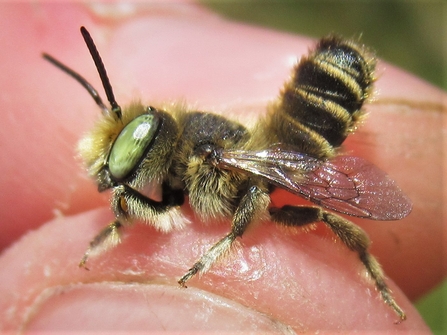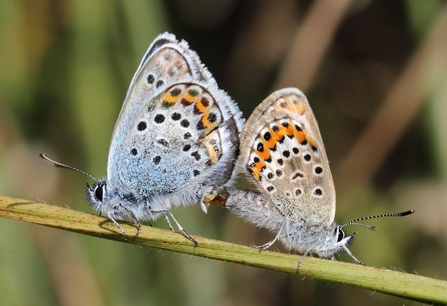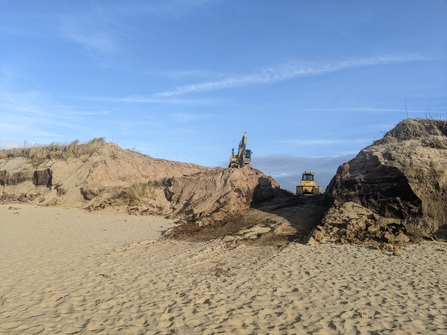Cornwall Wildlife Trust have announced that the works beginning on Monday August 21st will involve using earth-moving machinery to create ‘V-shaped notches’ in the sand dunes, as part of a project to help restore natural dynamic processes and support the area’s wildlife.
Penhale is one of the largest dune systems in Cornwall, spanning 620 hectares (1,532 acres). With sand dunes listed as the habitat most at risk in Europe for biodiversity loss, it’s an incredibly important area to protect for nature. These works will rejuvenate this area of mobile dunes, helping the many species which make use of open areas of bare sand.
Jon Cripps, Penhale Dunes Ranger at Cornwall Wildlife Trust said:
“The work will look quite dramatic as it’s unusual to see big diggers on the dunes, shifting loads of sand. However, this short-term disruption should create long-term benefits for lots of dune-adapted wildlife.
“We’ll create open spaces for plants like sea holly and sea rocket to colonise and lots of warm sandy niches for the various insects that burrow into sand, such as the tiny silvery leaf-cutter bee, the minotaur dung beetle and the predatory bee-wolf wasp! We hope the scale of the work will allow the wind to whistle through the dunes and keep these areas mobile, dynamic and diverse for many years to come.”



